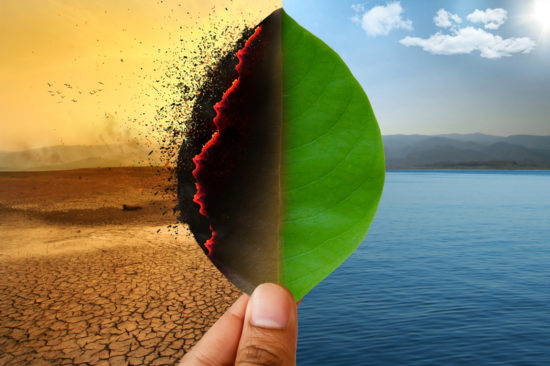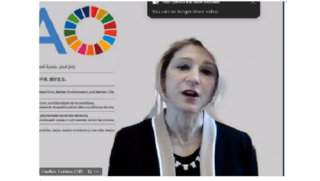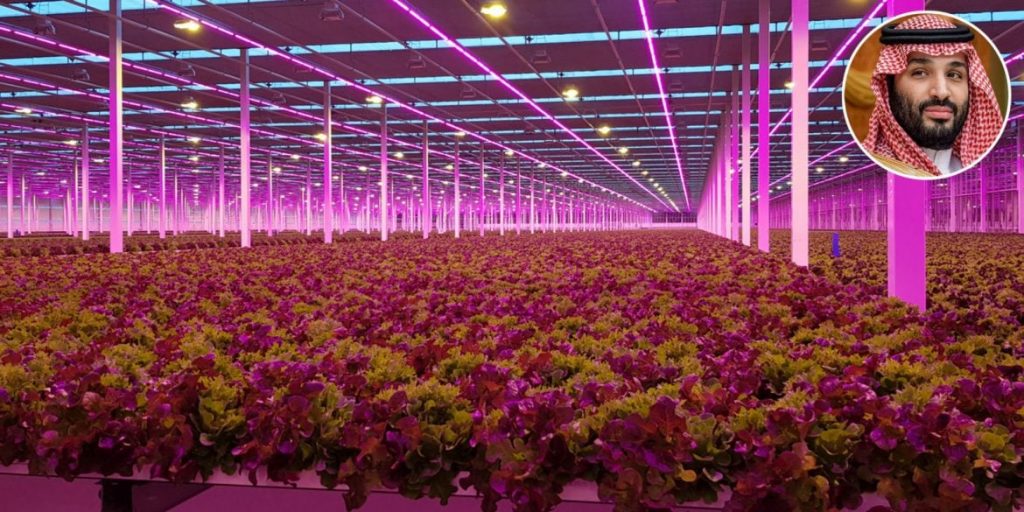
Climate change is likely to have considerable impact on food safety, placing public health at risk, according to the World Health Organization (WHO).
In its first publication on the topic, WHO officials said changing rainfall patterns and increases in extreme weather events and the annual average temperature are impacts of climate change.
This will affect persistence and occurrence of bacteria, viruses, parasites, harmful algae, fungi, and their vectors, and the patterns of corresponding foodborne diseases and risk of toxic contamination.
Chemical residues of pesticides and veterinary medicines in plant and animal products will be affected by changes in pest pressure.
Risk of food contamination with heavy metals and persistent organic pollutants following changes in crop varieties cultivated, cultivation methods, soils, redistribution of sediments and long-range atmospheric transport also increase because of climate changes.
Sanitation after natural disasters
An estimated 600 million – almost one in 10 people – fall ill after eating contaminated food and 420,000 die every year, according to the WHO data published in 2015.
During and after a natural disaster such as a flood or tsunami, food safety risks are higher as proper storage and cooking may be impossible due to lack of facilities or fuel. Poor sanitation can compound risks, leading to increases in foodborne diseases including hepatitis A, typhoid fever and diarrheal diseases, such as cholera and dysentery.
Droughts also pose a risk through the increased hazard of water contamination of food and crops, as farmers struggle to find fresh water to irrigate, resorting to unsafe or recycled water.
Projected climate change is expected to have a negative impact on food security, especially in low- and middle-income countries.
Changing temperature, changing problems
Multiplication of Salmonella spp. is strongly temperature-dependent. An increase in temperature, or the duration of high-temperatures in certain geographical areas, may provide better conditions for Salmonella to grow in foodstuffs.
As cited by WHO in a 2017 report on protecting health in Europe from climate change, cases of salmonellosis go up by 5 to 10 percent for each 1 degree Celsius increase in weekly temperature when ambient temperatures are above 5 degrees Celsius.
Vibrio cholerae is commonly associated with the consumption of contaminated water filtrating organisms, such as mussels and clams. Climate change may promote global expansion of algal blooms that contaminate these water filtrating organisms.
Mycotoxins can be produced before harvest in the standing crop and many increases even after harvest if post-harvest conditions are favorable for further fungal growth.
The Food and Agriculture Organization of the United Nations (FAO) found a change in climatic conditions could result in grain being harvested with more than the 12 to 14 percent moisture level required for stable storage which would increase the risk for mycotoxin formation.
It is predicted aflatoxin contamination and associated food safety issues will become prevalent in Europe with a temperature increase of 2 degrees Celsius.
With an increase in extreme weather events, zones currently temperate with a relatively low occurrence of Fusarium, which mainly affects maize, will become prone to the fungus and formation of toxins.
Growth, distribution, and abundance of Ciguatera fish poisoning is largely temperature driven and expected to shift in response to climate-induced changes as ocean temperatures rise. This can be seen in regions in which outbreaks have been reported, which have expanded geographically over the last two decades.
Changes in temperatures and rainfall patterns make it likely that crops will be grown in different zones of cultivation, with the subsequent attraction of different pests, diseases, and weeds. In response, pesticide use patterns will likely change.
Consequences of increasing ocean temperatures may indirectly influence human exposure to environmental contaminants such as mercury in some fish and mammal fats. Mercury is considered by WHO as one of the top 10 chemicals of major public health concern, with potentially toxic effects on the nervous, digestive and immune system.
Prepare and respond
WHO is working with countries to raise awareness of increased foodborne risks associated with climate change and to help them draft national plans.
The organization is supporting countries to enhance investments in food safety and climate change, emergency preparedness, response, and capacity building to increase visibility and better prevent and manage the threat of increased foodborne risks.
This includes providing scientific risk assessments as the evidence base for development and adoption of food safety standards and guidance on such measures, as well as risk assessments on emerging risks.
Meanwhile, more than 700 delegates gathered in Addis Ababa, Ethiopia for the First International Food Safety Conference, hosted by the FAO, WHO and African Union (AU) in February.
The International Forum on Food Safety and Trade, involving the World Trade Organization (WTO), will be held in Geneva, Switzerland on April 23 and 24, 2019.



